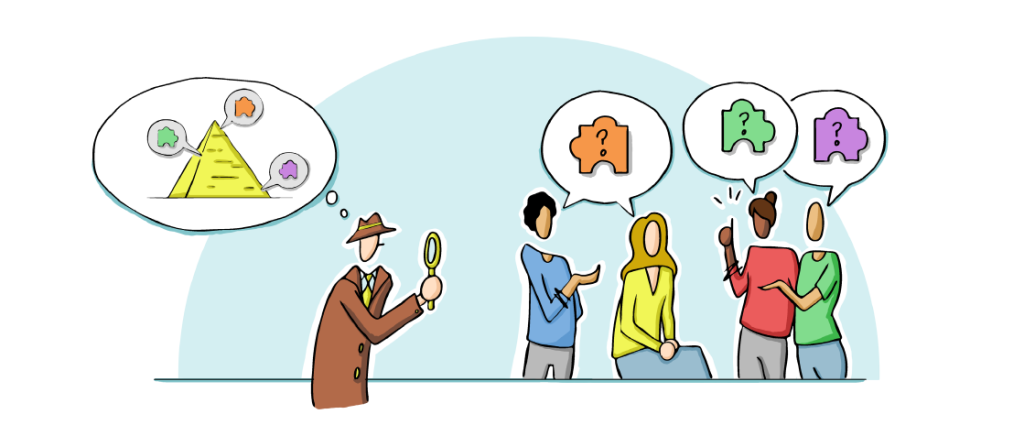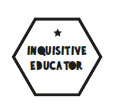
I am not suggesting that our Universities are like jungles… but it may feel like an expedition to try and find out about the context of your programme. It has probably been in existence for a while and there are some historical data that may be important for your appreciation of why things are happening in the way they are. Don’t get too bogged down by trying to get into a detective mode.
Do a bit of a fact finding and see if there are any trends or important factors you may need to consider when suggesting improvements in the future. Evidence safari will also provide you with good background information for preparing rationale for any quality assurances committees that may be interested in the context of your proposal.
Here are a few questions to get you started with. Feel free to complement these with questions more relevant to your context.
Who is the leader (perhaps that’s you)? Who is the operational manager (perhaps that’s you as well…)?
What are the employability rates and what kind of jobs students usually progress to?
Who is the main contact for the students? Who answers their day-to-day questions (perhaps that’s you, again…)?
What is the programme governance? How does the programme team make decisions? Are people aware of their roles and responsibilities?
How might the changes in the programme design impact other academic programmes?
What are the regulations and legal obligations that you need to incorporate into the design?
What are the key University systems and actors that your students interact with during the programme?
Who makes the final decisions about the programme design?
How does the city integration impact your programme? Are students located near their accommodation or do they have to take public transport?
What are the regional employer links like with your programme?
How does the city/region reputation impact on your programme reputation?
Here are a few questions to get you started with. Feel free to complement these with questions more relevant to your context.
Is there a programme student facing VLE and who updates it (perhaps that’s you, again…)?
How do you implement changes and what are the steps and timescales?
Is there a shared digital repository of documents related to the programme?
Is the programme subject to accreditation and ranking scrutiny?
Does the programme have its own budget? If so, what activities are supported (away days, BBQs)
Is there a committee that the programme is regularly reviewed at?
What is the history of the programme? What can we learn from its evolution so far and what do the alumni say? What can we find out from the student recruitment and admissions team?
What is the strategic role and brand value of the programme?
How is the programme promoted? Does it have its own website, blog? Who maintains it (perhaps that’s you, again…)?
What may be useful is to visualise your insights as an ecosystem diagram that will sit in the middle of your research wall. Your insights can then be associated to different sections of the ecosystem and you will be able to start seeing connections and dependencies.
Here is a template for the ecosystem with a few suggestions of areas to cover.

Welcome back from the Safari! Are you exhausted? Are you wondering what this is all about and why are we not moving to actuals recipes for great programme improvements? Taking the service design approach is about understanding what the problem is in the first place. The majority of the sections in this workbook will encourage you to ask the right questions and establish the problem first. Persevering with this approach will prevent solving the wrong thing, investing effort, energy and funds into improvements that have no impact. This process guarantees that at the end you will find the pot of gold. So come on, trust the process and let’s move on.
Service design approach also helps us cut the elephant into smaller chunks. Let’s apply the power of 3 and before we move to the next section, let’s reflect and note down our learning:
And finally, celebrate a small victory! You have earnt your first badge in this section.
